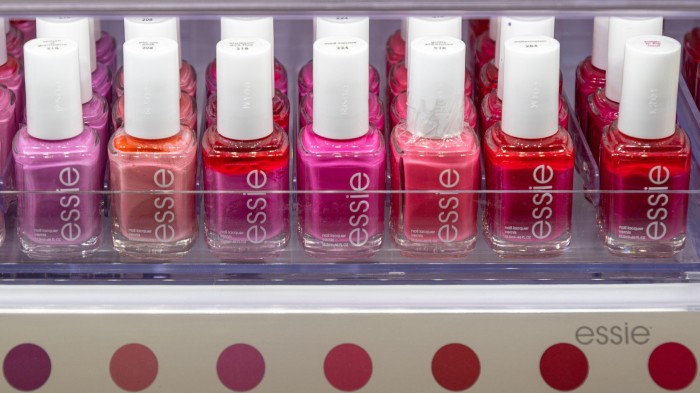Unlock the Editor’s Digest for free
Roula Khalaf, Editor of the FT, selects her favourite stories in this weekly newsletter.
The boss of beauty company L’Oréal has said it is “crunch time” for Europe to boost its competitiveness and prevent a deepening of the continent’s economic divergence from the US.
Nicolas Hieronimus, chief executive of one of Europe’s biggest companies, with a market value of €186bn, called on political leaders to step up their support for industry, streamline regulation and boost productivity, noting Donald Trump’s moves to deregulate and foster growth in the US economy.
“It’s crunch time . . . we have to make sure that whilst remaining true to our convictions, we’re more competitive,” Hieronimus told the Financial Times.
“The direction taken by the US administration should be a trigger to take the learnings from the Draghi report and transform them into actions. I think it’s beginning to happen . . . but sometimes we just need a little push.”
A report last year by former European central bank president Mario Draghi detailed the “existential challenge” faced by the continent. Critics accuse Brussels and European capitals of dragging their feet in implementing his recommendations amid subdued economic growth and political turmoil in big economies such as France and Germany.
Paris-based L’Oréal, the world’s biggest beauty group, on Thursday reported fourth-quarter organic sales growth of 2.5 per cent for a total of €11.08bn, which was below analysts’ expectations.
Full-year sales grew 5.1 per cent on an organic basis to €43.48bn led by Europe and North America, as well as emerging markets such as India, though performance in greater China remained depressed.
Operating profit for the year totalled €8.69bn for a margin of 20 per cent, up 20 basis points compared with 2023, despite what Hieronimus called a “very challenging world and challenging market” due to the lacklustre Chinese economy. He said he expected growth to “accelerate progressively” this year supported by existing brands and new launches.
Sales in North Asia were down 3.6 per cent in the last quarter, weighing on the group’s luxury division in particular, though performance improved sequentially compared with the third quarter.
Hieronimus said the start of 2025 and Chinese new year sales had shown stabilisation in the market, but the company did not expect a rebound in China this year.
“The era when the Chinese market was growing 30 per cent [per year] is definitely gone, but it can grow 4 or 5 per cent and that will be very positive,” he said.
With the exception of its luxury division — where many high-end items such as perfumes are made in France and exported — L’Oréal manufactures most of its products in the regions where it sells them, providing a buffer against potential US trade tariffs.
Hieronimus said of the threat: “I don’t think it’s a good thing that the world enters a big tariff war . . . in the end it ends up being a consumer that pays.”
He also said L’Oréal had been seeking to dual-source raw materials and packaging since 2020 when the Covid-19 pandemic disrupted global supply chains.
“It didn’t take the recent US election to show that the world had become more chaotic and more unpredictable,” he said.

